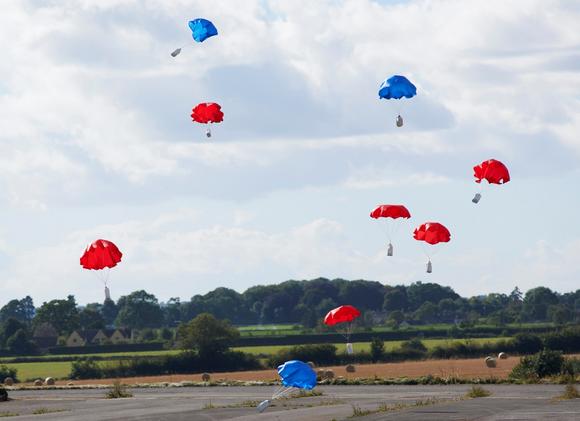Nampak Plastics says the UK dairy industry has reached a pivotal moment, in which it must decide between Nampak’s Infini lightweight plastic bottles and those of rival manufacturer Alpla, to replace and improve on the current standard.
In response to Courtauld Commitment 2 measures, both of the companies have reduced the weight of their 2012 lightweight bottle formats by 15%, and both have used 15% recycled content (rHDPE).
But Nampak – one of Europe’s largest manufacturers of rigid plastic containers to the food and drink industry – claims that its Infini bottles maintain a significant advantage in strength.
“Put simply, it’s crunch time in the British plastic milk bottle sector and we’ve reached our ‘VHS-Betamax’ moment,” says Nampak Plastics MD Eric Collins. “Within a year, retailers and dairy companies will adopt either Alpla’s rival bottle or Infini as their bottle of choice.”
And, Collins adds: “Alpla have released incorrect facts about the Infini bottle to the dairy industry – so now it’s time for Nampak to fight back and reveal the truth.”
‘Bottle wars’
Nampak has released an impactful video of an experiment in which 25 of each of the two bottle types are released from a helicopter at a height of 300 feet, with parachutes attached – red for Alpla and blue for Nampak.
The bottles are shown hitting the ground at the same speed as they would in the industry-standard 0.9m drop test, according to Nampak – with what the company describes as “conclusive results”.
“Whilst the Infini bottles remain intact and bounce on the runway, Alpla’s rival design splits and empties milk over the tarmac,” the company says.
The results are said to mimic those of the drop test performed in laboratory conditions, where “the Infini bottle survives from a height of one metre, but Alpla’s milk bottle does not”.
Paradigm shift
Nampak says that four years of research and development went into its Infini bottle, which has seen “significant success” since its launch early in 2012. With more than 25m bottles already in the marketplace, the roll-out will gather pace over the coming months with production set to exceed 300m per annum by the end of the year, the company says.
Under Phase 2 of the Courtauld Commitment, all major retailers are aiming to reduce the carbon impact of grocery packaging by 10% before the end of 2012, so the issue of the lightweight bottle is a key battleground for the future of the industry.
“From a business perspective, naturally it’s a battle we want to win,” says Collins. “The Infini bottle has created a paradigm shift in the milk packaging market.”
Nampak Plastics Europe currently operates from nine sites across the UK including three stand-alone manufacturing and support sites, plus six in-plant (‘through the wall’) operations, situated on customer sites.
The Nampak Infini bottle is made in the full range of metric and imperial sizes from 1 pint to 6 pint, 500ml to 3 litres. In the industry standard 0.9m drop test, Nampak reports that Alpla’s 2012 plastic milk bottle “fails at least 50% of the time”, whereas Infini “passes 100% of the time”.
According to Nampak, the recycled content of its milk bottles will increase further in the future, with a target of up to 30% by 2015. “Infini can achieve weight savings up to 25%, whilst at the same time continuing to meet current performance specifications,” the company says.
Nampak dropped milk bottles from a helicopter to test their strength Nampak's Infini bottles survived a 300ft drop Nampak's Infini milk bottle


